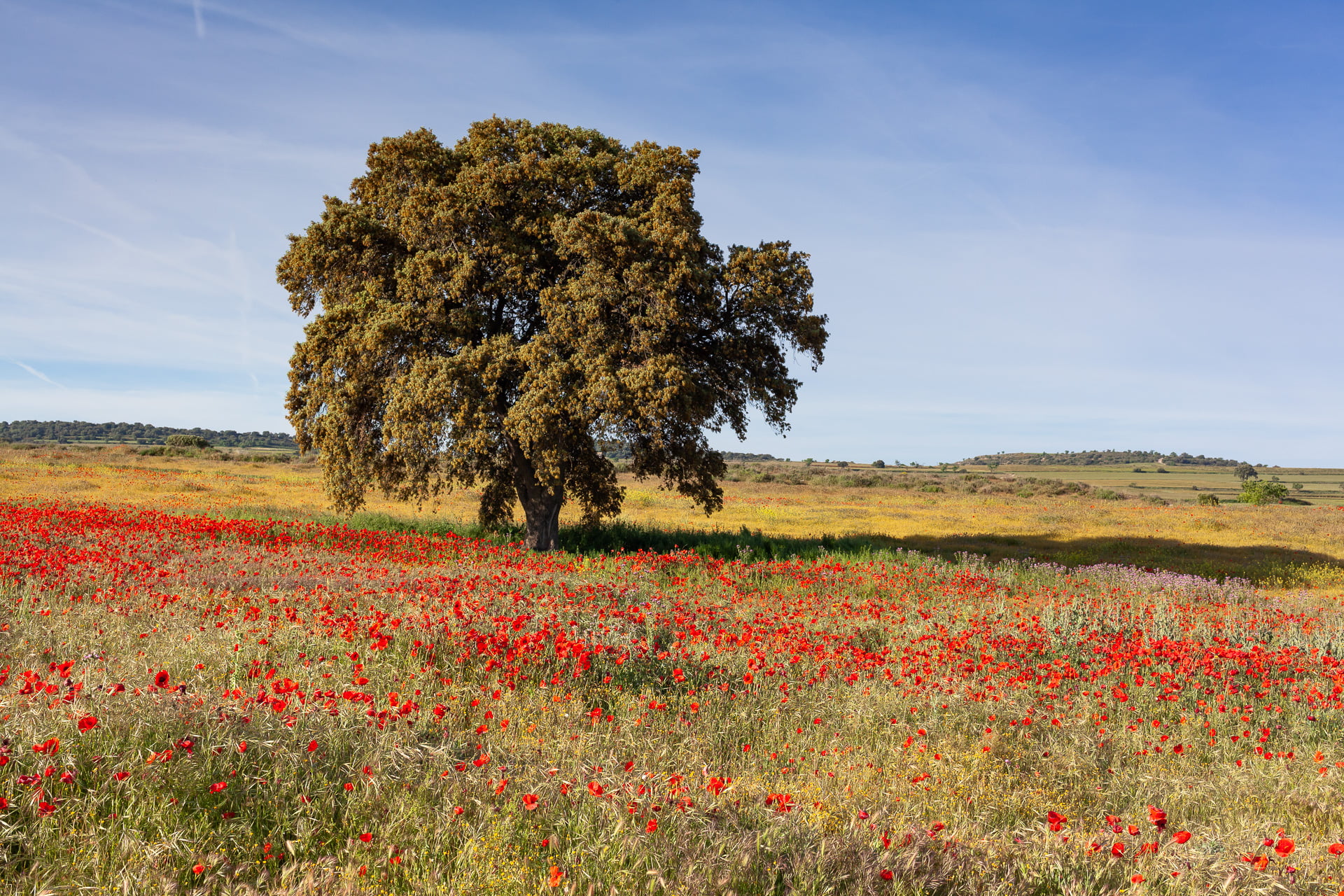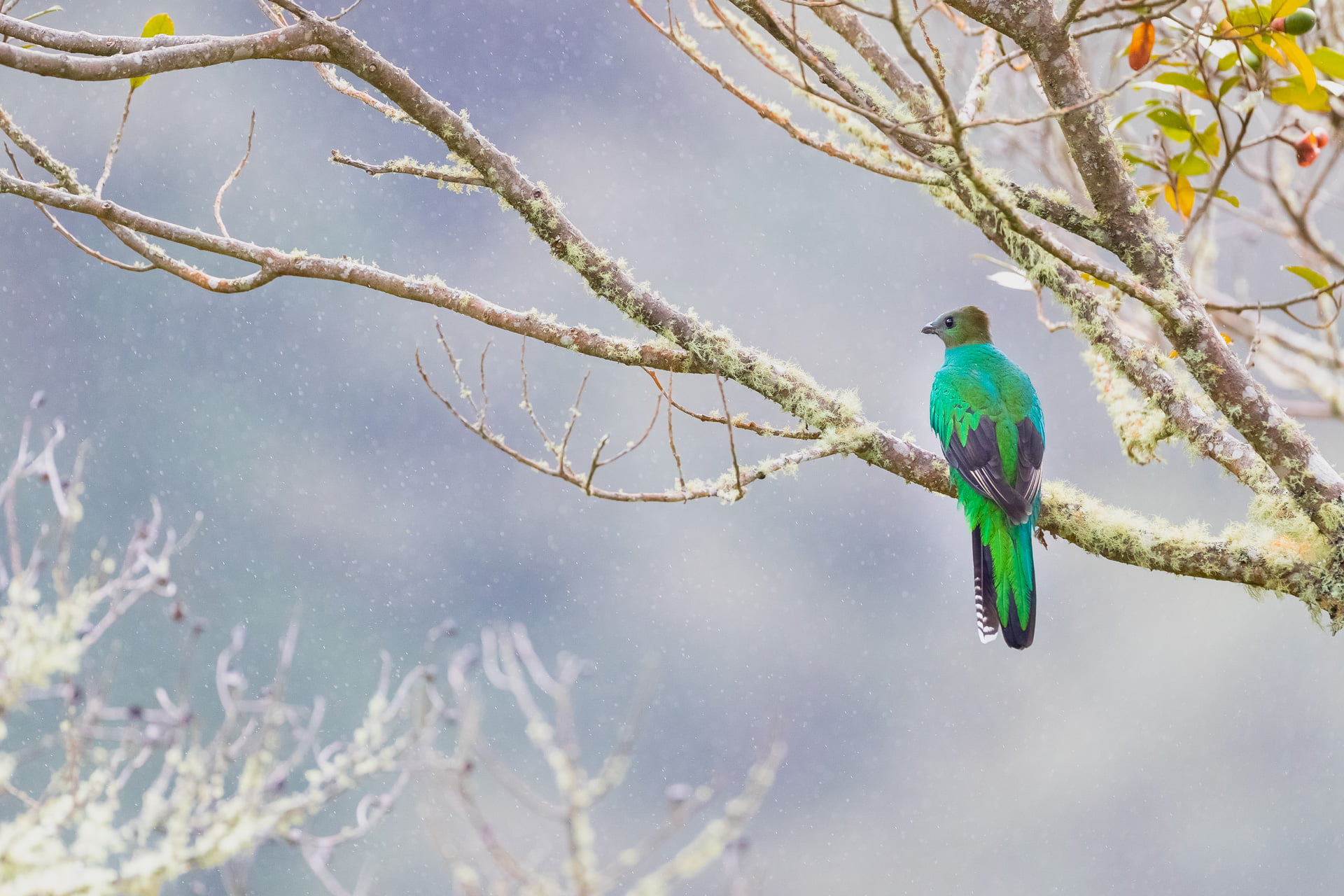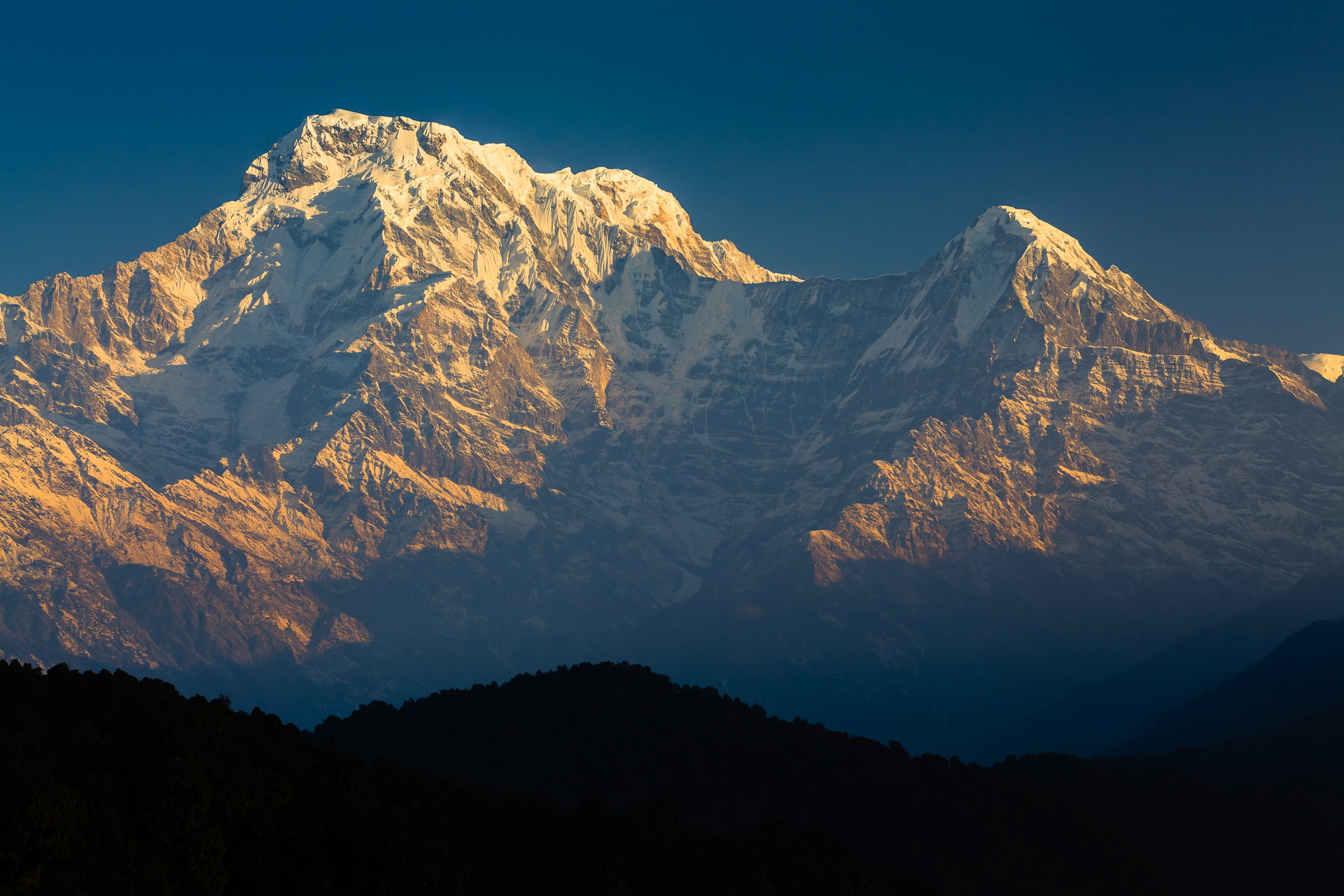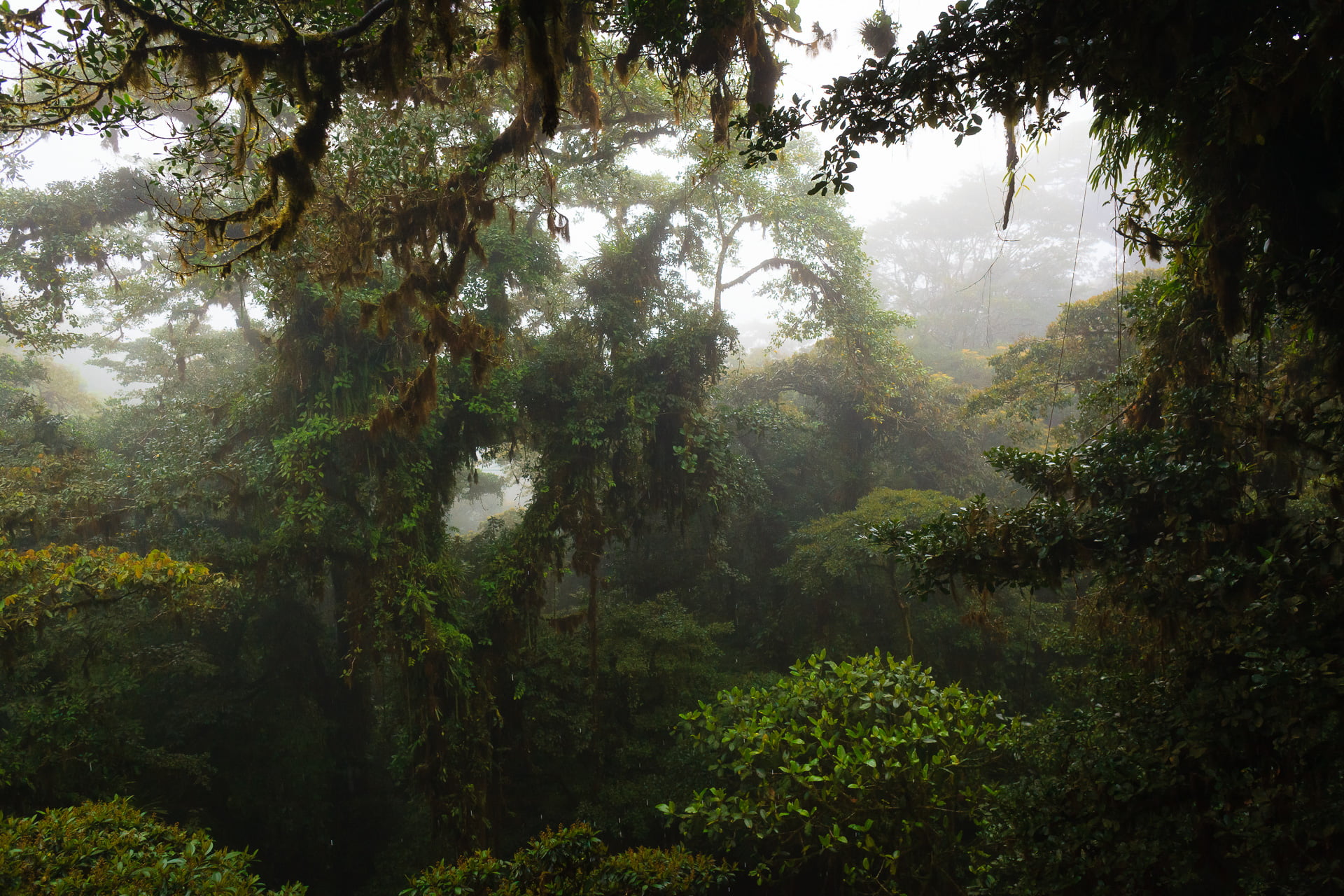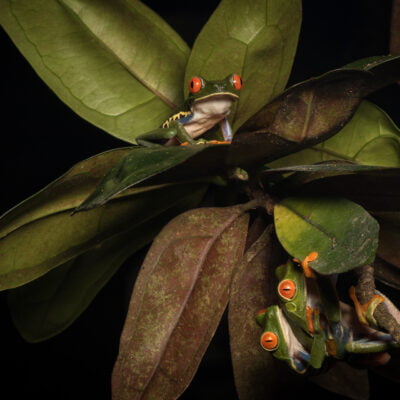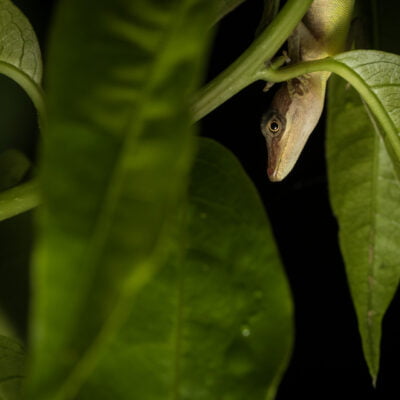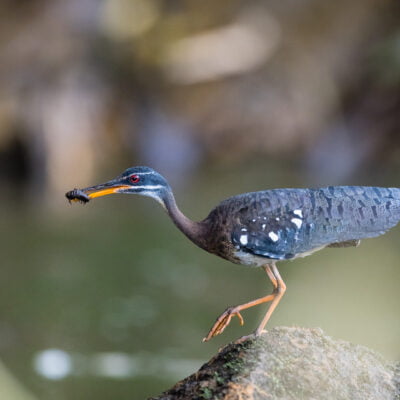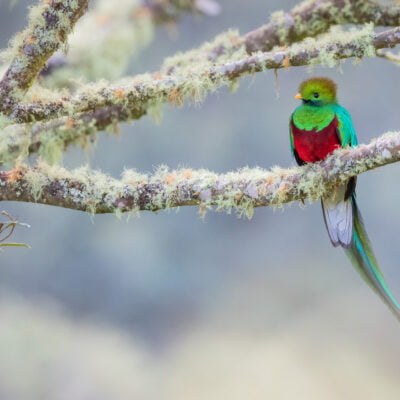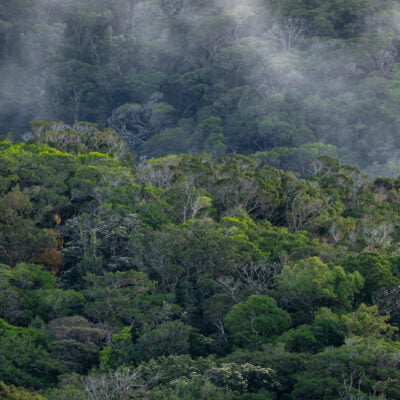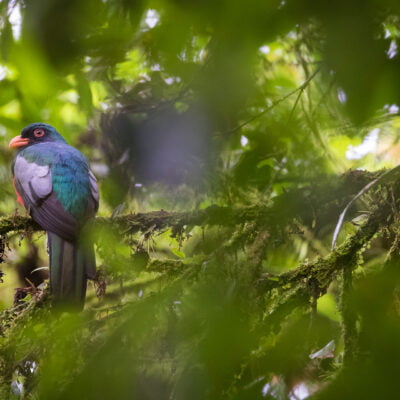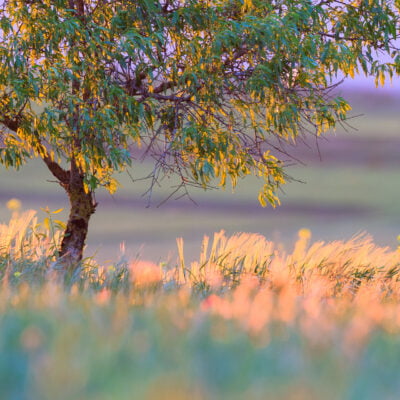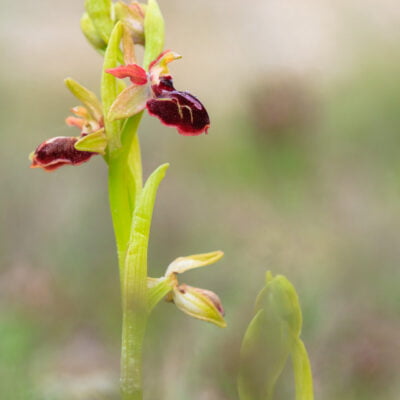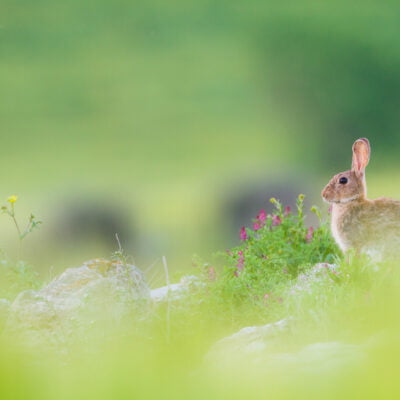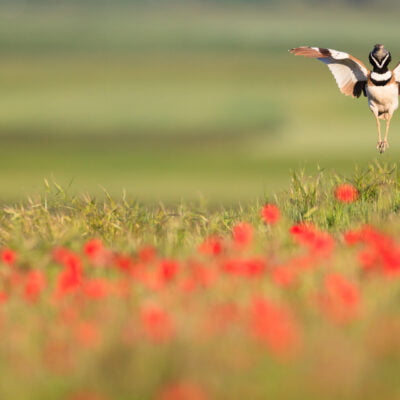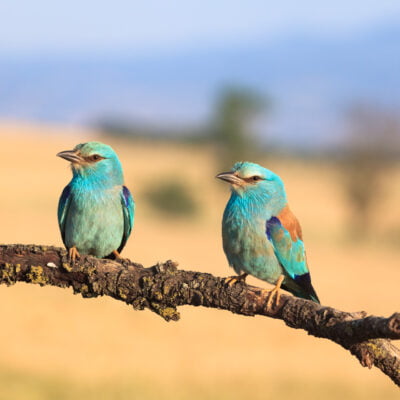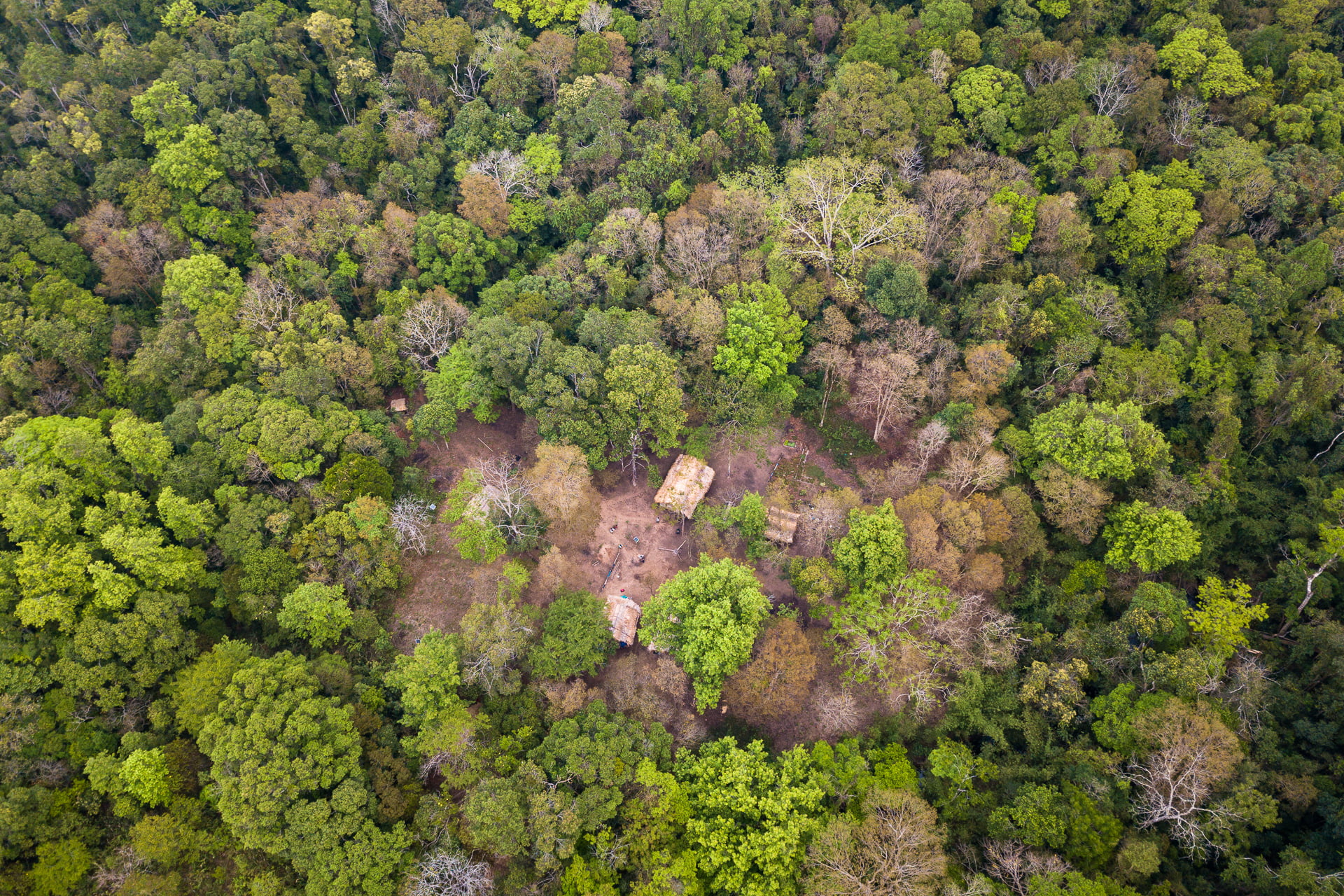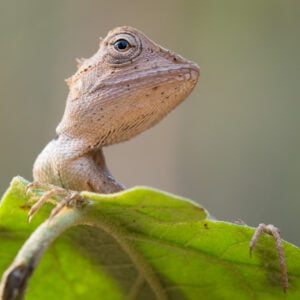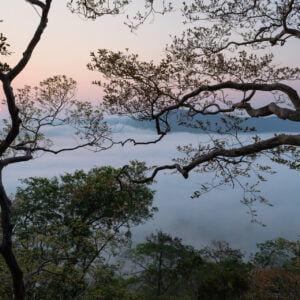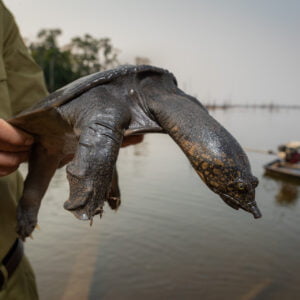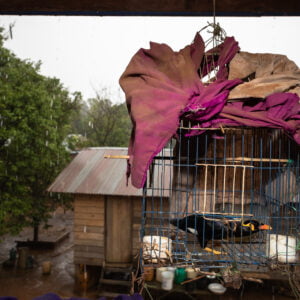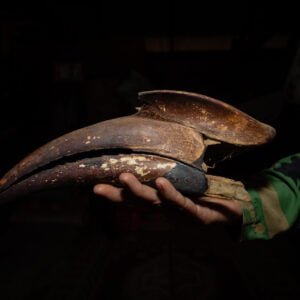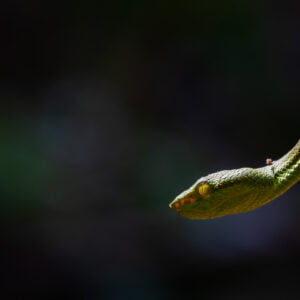To document the beauty of the mountains: that was the goal of Catalan mountaineer Òscar Domínguez when he first picked up the camera. Working in the outdoor gear industry in Andorra, Òscar discovered his passion for the mountains early on, making ascents in the Pyrenees, the Alps, and the Andes. In the past few years, he focused on documenting biodiversity and nature conservation efforts. We met up to talk about some of his projects.
Mountain climber turned photographer
“Mountains and birds were my interests even when I was very young. I started climbing early, meeting a small community of people at the same spots. As I always marveled at the beauty of the mountains, the idea of capturing and sharing this beauty grew. So, 12 years ago, I started as a freelance nature and wildlife photographer. But the market for professional nature photography has become very small. Most photographers earn their living by teaching workshops, guiding groups, and creating content for social media. Nowadays, I combine photography with a job as a guide.”
In recent years, Òscar prefers to document biodiversity and environmental issues. “Years ago, nature photography was oriented at showing the beauty of landscapes. Photographers like Frans Lanting or Jim Brandenburg used their photography to raise awareness about nature conservation. But in our time, there’s more going on. We should also document some of the problems nature faces.”
Exuberant Costa Rica
Costa Rica is a country Òscar has visited regularly, sometimes as an assignment for the Costa Rica Tourism Board. “They want to promote the country’s biodiversity and send me there to document the best spots. For me, this stunning country is a constant reminder of the vitality of nature.”
Costa Rica is very well-developed regarding nature conservation, because ecotourism is one of the primary sources of income. “There are no significant historical monuments, like in other Latin-American countries, and there is no Spanish legacy. Nature is the main focus. They set a great example for other countries of how we can cherish our natural beauty.”
The pseudo-steppes of Lleida
For 3 years, Òscar followed the little bustard in the steppes of his native Catalunya. He extensively documented the landscape, including meadows, wild fields and small patches of steppe, and its inhabitants like the little owl and the bee-eaters. The result is a compelling collection of images reflecting the magnificence of this unique place.
“This work was widely published in Germany, Spain, and the UK. I documented the many threats, like big-scale agriculture which erases the wild grasslands as a habitat, and the declining diversity of crop cultivation which makes the soil poor. Conservation efforts are becoming urgent today to preserve this beauty and species like the little bustard.”
Nakai-Nam Theun
For 2 straight months, Òscar also documented the work of Association Anoulak in Nakai-Nam Theun. This is the second-largest protected area in Laos, located in the heart of the Annamite Mountains. “The ONG monitors biodiversity and works with the government to protect the area from poachers and international nature trade. I stayed in a small bamboo field station for 2 months without internet or phone, carrying a big solar panel and a battery pack to charge my equipment.”
In this mountain range, wildlife has become scarce. There are 31 villages within the park’s limits, with an estimated population of 7000. “Some local people hunt in the area to survive, like the young people caught by my camera trap while walking a stream illegally. They were looking for fish and other animals to eat. In the illegal trade, you also get good money for some species like the Common Hill Myna, a famous talking bird.”
In his experience, educating the locals about conservation is essential, but the problem is more extensive. “Local people need alternative resources to survive and avoid illegal hunting. Due to the current situation, the low density of fauna makes wildlife observation and ecotourism impossible. Conservation efforts should persist in areas such as these, and should also consider the needs of the local population.”
With his experience in travel and the outdoor industry, we are very proud that Òscar prefers our gear to stay organized. “I use The Boris backpack for long trips and The Rise when I carry less stuff. Both are handy to keep your photographic gear separate from the rest, like clothing and food. The Velcro pockets are also great to stay well-planned in remote places, as is The Quarterbag. It fits perfectly into the Rise with all my clothing.”
All images © Òscar Domínguez
Banner portrait by Guillem López

